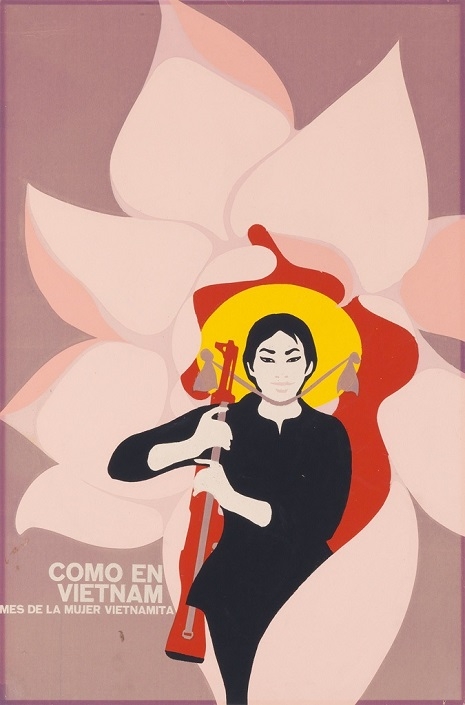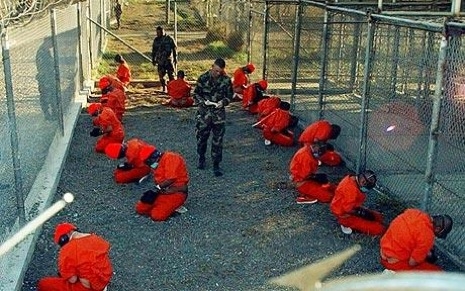
“Como en Viet Nam,” ca. 1970
Retrospectives on communist art and design are often dominated by some pretty inaccessible (and sometimes downright godawful) aesthetics. For example, many people find the grey boxes of GDR architecture a bit alienating, and while I personally adore it for kitsch value, most folks don’t dig on Socialist Realism paintings, as all that beatific portraiture of Stalin can get overwhelmingly corny. Dictators and stark buildings are not however, the whole and sum of communist aesthetics. There has been a lot of exoteric art produced in the name of the workers state, and with his unmistakable saturated colors and revolutionary tableaux, René Mederos was one such propagandist of the people.
Born in 1933, self-taught Cuban artist Felix René Mederos Pazos began his career at a Havana print shop when he was only 11 years old. By his mid-twenties he was Chief Designer for the big Cuban television station, and in 1964 he started making propaganda posters as head of a design team. In 1969 Mederos was sent to Vietnam to paint the war alongside the Vietnamese communists that were fighting it. Despite the brutality and violence he witnessed, Mederos often produced alluring, joyful images, a direction that some Cubans felt wasn’t dark and/or anti-American enough.
Mederos actually returned to Vietnam in 1972, and though he also did series on Che Guevara and the Cuban Revolution, Vietnam remains his most famous subject, and a major touchstone in Cuban graphic design.

1969

“Como en Viet Nam, Mes de la Mujer Vietnamita” (Month of the Vietnamese Woman), ca. 1970
More Mederos after the jump…










